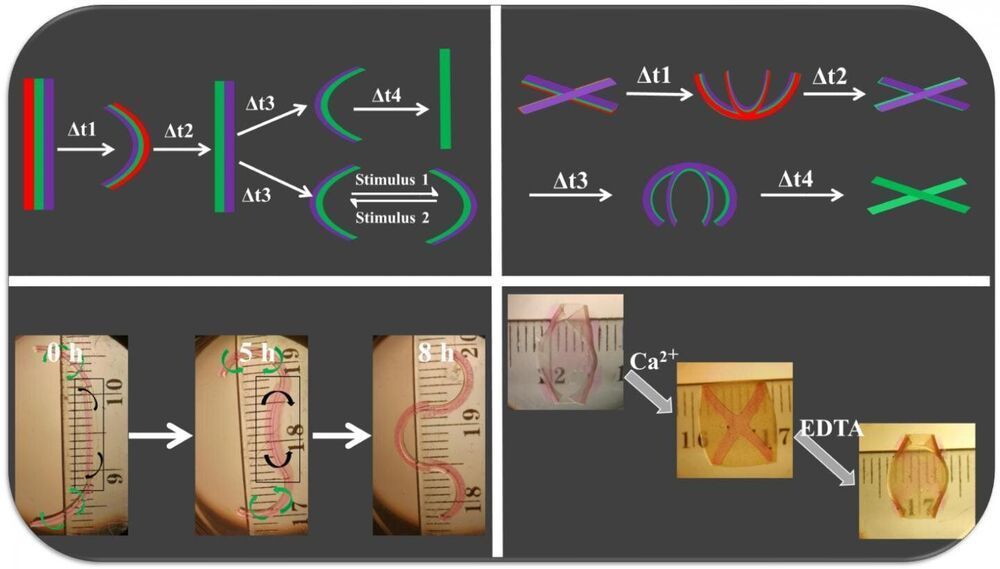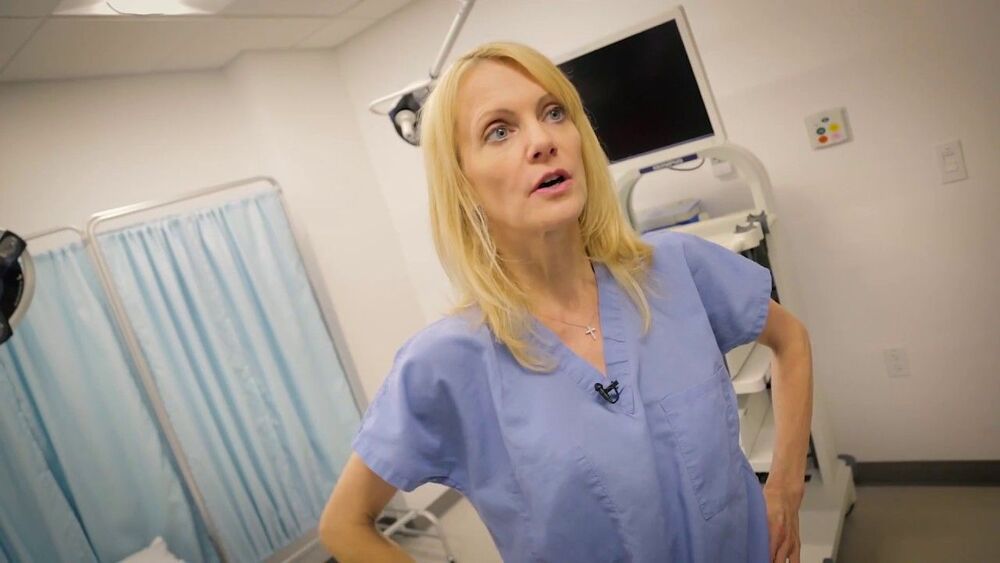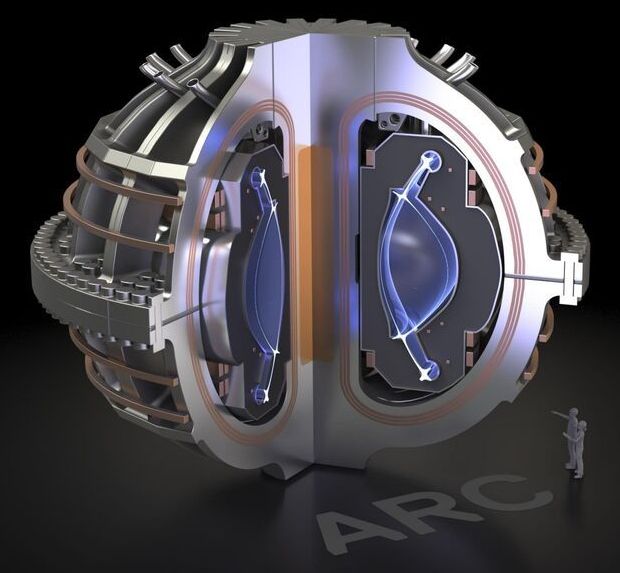The Archdiocese of New Orleans warned Catholics that a newly-approved Johnson & Johnson vaccine for COVID-19 was developed with the “extensive use of abortion-derived cell lines.”



Tissue engineering has long-depended on geometrically static scaffolds seeded with cells in the lab to create new tissues and even organs. The scaffolding material—usually a biodegradable polymer structure—is supplied with cells and the cells, if supplied with the right nutrients, then develop into tissue as the underlying scaffold biodegrades. But this model ignores the extraordinarily dynamic morphological processes that underlie the natural development of tissues. Now, researchers at the University of Illinois Chicago have developed new 4D hydrogels—3D materials that have the ability to change shape over time in response to stimuli—that can morph multiple times in a preprogrammed or on-demand manner in response to external trigger signals. In a new Advanced Science study, the UIC researchers, led by Eben Alsberg, show that these new materials may be used to help develop tissues that more closely resemble their natural counterparts, which are subject to forces that drive movement during their formation.




Some genes don’t stay in the same place in the genome. Sometimes called jumping genes or transposons, this genetic material can hop around and rearrange itself | Genetics And Genomics.
Some genetic sequences don’t stay in the same place in the genome. Sometimes called jumping genes or transposons, this genetic material can hop around and rearrange itself to create new sequences. Some transposons even encode for their own enzymes, and these co-called transposases can edit the genome by cutting sequences from one place and pasting them to another.
Reporting in Science, researchers have now suggested that transposable elements (TEs) can fuse with portions of existing genes that code for protein called exons, and get incorporated into genes in a process called exon shuffling to create novel genes that are functional, and express new proteins.

Some really cool advances happening in cancer detection with things like liquid biopsies from companies like Grail and Thrive:
It’s important to detect cancer early to maximize longevity and survival rates. Here are cancer screening tests for 6 deadly cancers.

Now, Tejada-Martinez and her colleagues have studied the evolution of 1077 tumour suppressor genes (TSGs). In all, they compared the evolution of the genes in 15 mammalian species, including seven cetacean species.
Genes regulating DNA damage, tumour spread and the immune system were positively selected among the cetaceans. The team also found that cetaceans gained and lost TSGs at a rate 2.4 times higher than in other mammals.
It’s not like we’re gonna be taking whale genes and putting them into humans and making humans cancer resistant, says Lynch. But if you can find the genes that play a role in tumour suppression in other animals, and if you could figure out what they’re doing, maybe you can make a drug that mimics that for human treatment…

National Academies study says fusion can help decarbonize US energy, calls for public-private approach to pilot plant operation by 2035–40.
Electricity generated by fusion power plants could play an important role in decarbonizing the U.S. energy sector by mid-century, says a new consensus study report from the National Academies of Sciences, Engineering, and Medicine, which also lays out for the first time a set of technical, economic, and regulatory standards and a timeline for a U.S. fusion pilot plant that would begin producing energy in the 2035–40 time frame.
To achieve this key step toward commercialization, the report calls for an aggressive public-private effort to produce by 2028 a pilot plant design that can, when built, accommodate any of the developmental approaches seeking to realize fusion’s potential as a safe, carbon-free, on-demand energy source.
